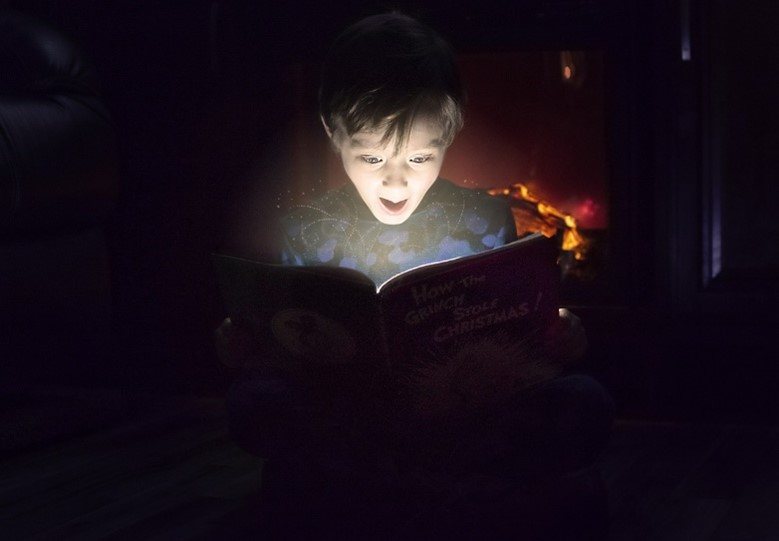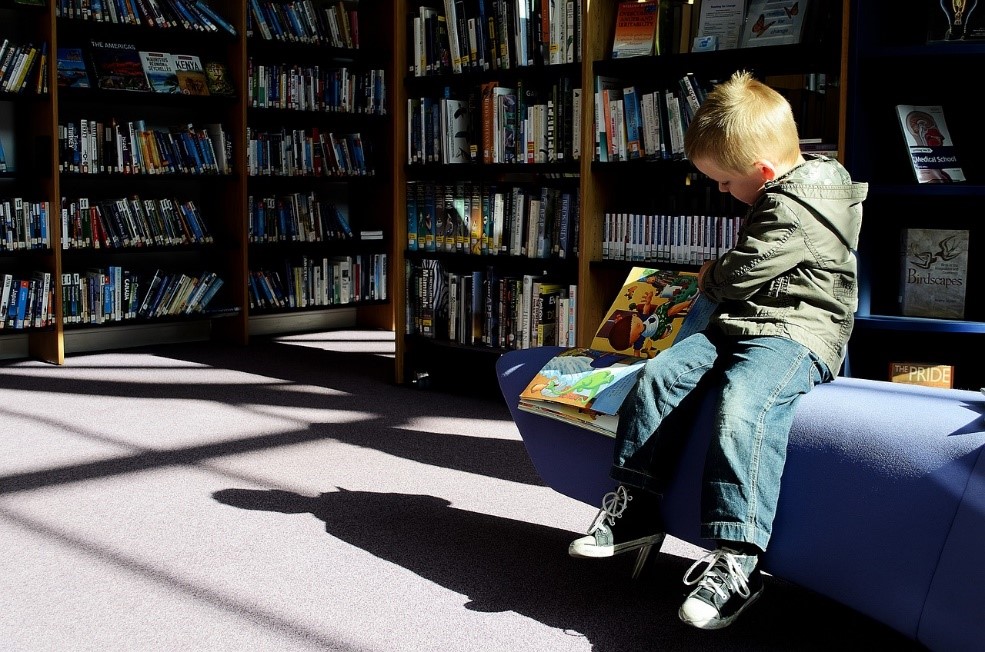Tales and stories are a very common element of many children’s childhood. From fairy tales to triumphant characters, from superheroes to supervillains, stories are powerful educational tools not only cognitively but also emotionally, psychologically, and pedagogically. But how is it that stories manage to play such an important role during childhood?
An investigation led by Kristin J. Alexander, Sapient, Inc., and Peggy J. Millerwe in 2001 refers to a strong and sustained emotional involvement with a particular story as a ‘story attachment’. Stories represent a strategy that children adopt to cope with the ordinary stressful experiences of childhood (e.g., the birth of a sibling, going to school for the first time, moving to a new neighborhood).
Children also become enthralled with fairy tales that represent their current emotional concerns and use the tales to find solutions to their conflicts (Alexander, K. J., Miller, P. J., & Hengst, J. A., 2001). That’s why telling stories to children seems to be rich in self-relevant meanings at several different levels.
In fact, the images communicated by who is telling the story furnish models for the interpretation and construction of the children’s personal experiences. These images, representing different situations and/or different characters, help children identify with the story.
Taking a cue from a story means that a child can identify in different roles, feeling one day a very strong superhero, another a bungling goblin, yet another a witch with magical powers, and so on. As a result, children’s literature helps to adapt to society and facilitates the development of appropriate social-emotional skills.

Historically, children’s literature has been criticized for inaccuracies in the portrayal of individuals with disabilities. Researchers found out that authors frequently portrayed characters of children with disabilities as being limited in personality and lacking depth or they were not the main character of the story.
In the books published in the late 1990s and early 2000s, these characters tend to be portrayed in a more positive light. They engage in typical daily activities, they have positive and meaningful interactions with peers, their disability is not the focus of the story and they have often a helping role (Price, C. L., Ostrosky, M. M., & Mouzourou, C., 2016).
Leicester (2007) and other authors have commented that an absence of literature in which some characters are disabled carries the message that disabled people are less interesting and less valued members of society. For this reason, providing children with disabilities with inclusive reading material is important to increase social diversity in their classrooms, promote positive attitudes toward peers, and support the development of a positive self-image.
Exposing children to positive role models can influence their self-esteem and social identity, and it can also improve their social interactions with others, increasing their emotional connection with the book. Children get to know the worlds of different characters through stories and, by being inspired by these, they can create their own emotions and thoughts.
Our project Role Models aims to create and collect success stories that accurately portray role models with disabilities. We intend to promote confidence, inclusion, and diversity in the classroom by providing children and teachers with inclusive learning materials both in content and format. Through the construction of stories that fairly represent the world of disability, as well as models of success and personal growth, our project aims to encourage inclusion and the breaking down of barriers, while promoting literacy and digital competence.
To be sure you don’t miss any news about the project, subscribe to our newsletter and follow us on LinkedIn!
References
Alexander, K. J., Miller, P. J., & Hengst, J. A. (2001). Young children’s emotional attachments to stories. Social Development, 10(3), 374-398. https://doi.org/10.1111/1467-9507.00171
Miller, P.J., Potts, R., Fung, H., Hoogstra, L., & Mintz, J. (1990). Narrative practices and the social construction of self in childhood., 17(2), 292–311. https://doi.org/10.1525/ae.1990.17.2.02a00060
Price, C. L., Ostrosky, M. M., & Mouzourou, C. (2016). Exploring representations of characters with disabilities in library books. Early Childhood Education Journal, 44, 563-572. https://doi.org/10.1007/s10643-015-0740-3
Golos, D. B., Moses, A. M., & Wolbers, K. A. (2012). Culture or disability? Examining deaf characters in children’s book illustrations. Early Childhood Education Journal, 40, 239-249. https://doi.org/10.1007/s10643-012-0506-0
Turan, F., & Ulutas, I. (2016). Using Storybooks as a Character Education Tools. Journal of education and practice, 7(15), 169-176. https://files.eric.ed.gov/fulltext/EJ1103139.pdf
Beckett, A., Ellison, N., Barrett, S., & Shah, S. (2010). ‘Away with the fairies?’Disability within primary‐age children’s literature. Disability & Society, 25(3), 373-386.

